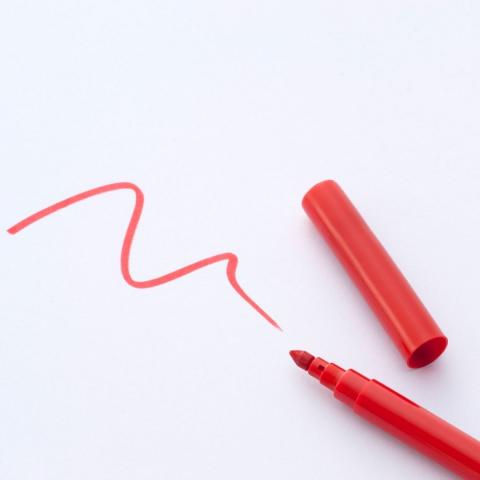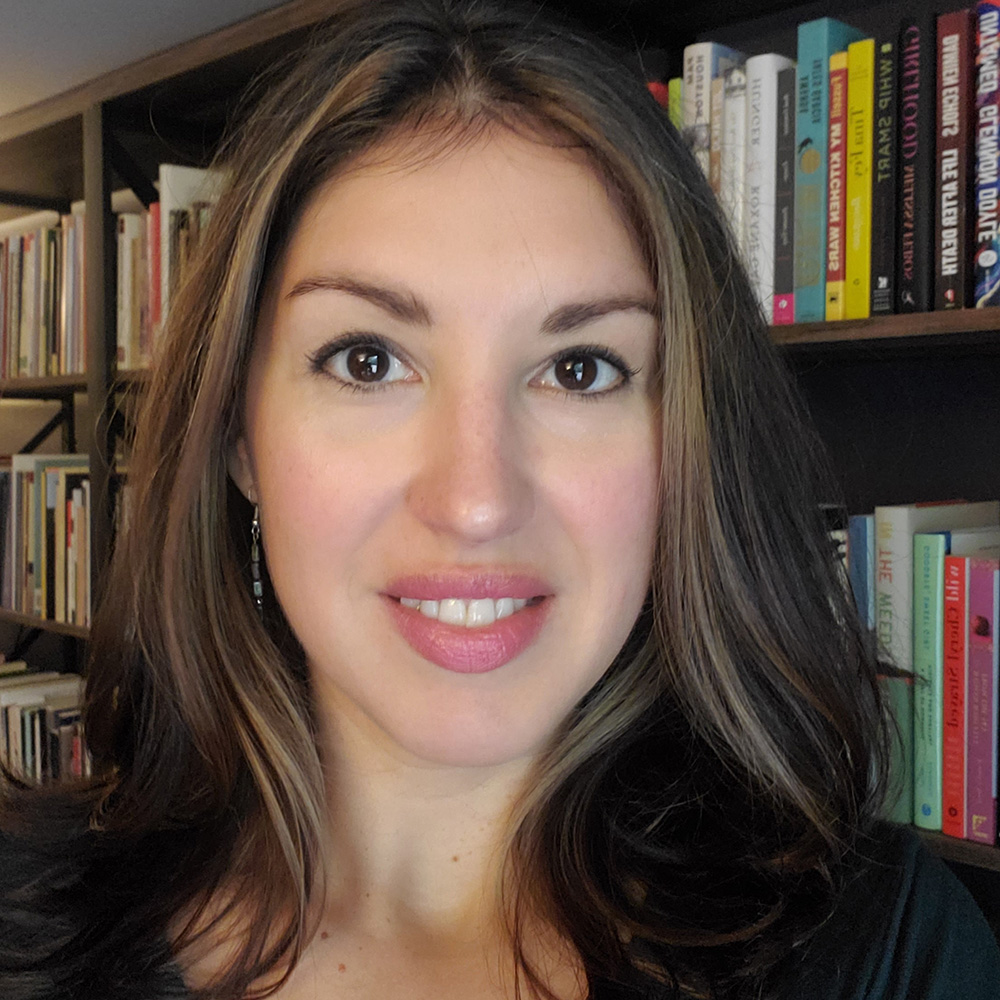
You’ve written something that really excites you. After the initial adrenaline rush of creative energy subsides, you can see the writing has, well, issues.
You were rushing, so there are misspellings. You know in your head that this character is good and that one is villainous, but you aren’t sure it’s coming across that way. And this flashback, does it make sense at the beginning or near the middle of your story or chapter?
And before you tackle any of that, there is the most pressing question of all: which issue should you address first?
The question really is, are you ready to revise or edit — because while you might hear these words used interchangeably, they are quite different and refer to two distinct stages of the creative process.
Here’s some insight into how and when to do both of them, so you can stay focused on improving a piece of writing that energizes you without creating more work for yourself or succumbing to that critical inner voice that would sabotage your momentum:
Revise first
Harder than editing, revising is what you do when you need to make changes to the structure and organization of your narrative.
As soon as you return to a first draft, you’re revising. You’re going to try to distance yourself from what you’ve written and come at it from an objective reader’s perspective.
Ask yourself if you’re making assumptions about what the reader will understand. Ask yourself if your characters are believable, what the main tension is, and whether every action, image, plot progression, and the literary device is serving that tension in some way. Be honest, and be willing to put in the work to make the story better.
Do these things when your plot or arc is muddled, when a character doesn’t seem authentic, when you feel stuck but aren’t sure why, before you ask another writer’s opinion of what you’ve written, and long before you worry about editing.
Edit last
Editing is what you do when all of the above issues are worked out during the revision process and you’re ready to clean up your now structurally sound piece of writing.
Sweep over your narrative for errors of spelling, grammar, and syntax. Readout loud — can’t stress this one enough. You will hear sentences that run on too long and need to be broken up so the reader can take a breath. You’ll hear redundancies of phrasing and sentence structure, like five simple declarative sentences in a row that are making your narrative sound choppy, or when you use the same distinctive word three times in one paragraph when a synonym would do.
You might have to do all of this more than once because sometimes we are too close to the work to see even the most glaring of missteps. Now is when you might ask a trusted friend for a read and an honest opinion. That friend might point out structural or clarity issues that warrant another round of revision — don’t be discouraged! At least you’ve already identified and resolved some issues.
Once you gain some experience self-editing and revising, you might start making small edits as you draft, or deciding that a passage needs revising even after you’ve done a spelling and grammar sweep. That’s fine. The point of this revise-then-edit order is to practice making the larger structural changes first so that once you turn your attention to small changes, you aren’t wasting your time on paragraphs or even whole pages that will end up cut or radically altered.
So, is it time to revise or edit?
Ask yourself and/or a trusted writing friend the following question to help identify any issues you’re having in finishing a piece of writing:
Q: Do I know what’s going on in this piece? Could I tell someone in a few sentences what the general narrative arc is?
If the answer is no, you might need to revise for clarity.
Q: Is there a clear emotional tension that builds to a resolution, or a purposeful non-resolution?
If the answer is no, you might need to revise for organization.
Q: Does the piece flow, rather than feel choppy and disjointed?
If the answer is no, you might need to revise for structure and organization.
Q: Do I know from whose perspective the story is being told, and why?
If the answer is no, you might need to revise for clarity and voice.
Q: Is this piece relatively free of grammatical, mechanical, and spelling errors?
If the answer is no, you might need to edit for spelling and grammar.
Q: When reading this piece aloud, did I have to stop and catch my breath at all?
If the answer is yes, you might need to edit for sentence length and structure.
Q: When reading this piece aloud, did I trip over my words or have trouble remembering why I wrote something the way I did?
If the answer is yes, you might need to edit for word choice.
Have you used the words edit and revise interchangeably, or heard someone do so? Did this post help you understand the difference? Share with us in the comments.
Related reading: Take the writing road less traveled to avoid repetition
Paper or screen? Ink or keys? How writers write, and why it matters
Want to receive tips and inspiration like this in your inbox every Sunday morning? Join our email list community! You will receive weekly advice, a year’s worth of weekly writing prompts as a FREE download, and be eligible to participate in our monthly photo prompt contest for a chance to share an original piece of writing with our community of more than 1,500 writers.
